Discover the enthralling world of Singapore, a dazzling city-state that effortlessly captivates its visitors with a unique blend of modernity, history, culture, and gastronomy.
This dynamic destination promises a treasure trove of experiences, from mouthwatering local dishes and awe-inspiring architecture to tranquil green oases scattered throughout the city.
As you wander through Singapore’s multicultural streets, prepare to be enthralled by the city’s iconic skyline and the hidden gems in wait, all set against the backdrop of a clean and secure environment.
Singapore offers an unparalleled adventure, weaving together world-class shopping experiences, vibrant nightlife, and an immersive connection with the local culture to cater to every type of traveler.
Whether you’re an experienced traveler or visiting the city for the first time, the spellbinding allure of this urban panorama will etch a lasting memory in your heart, enticing you to revisit for even more memorable adventures.
Where Is Singapore?
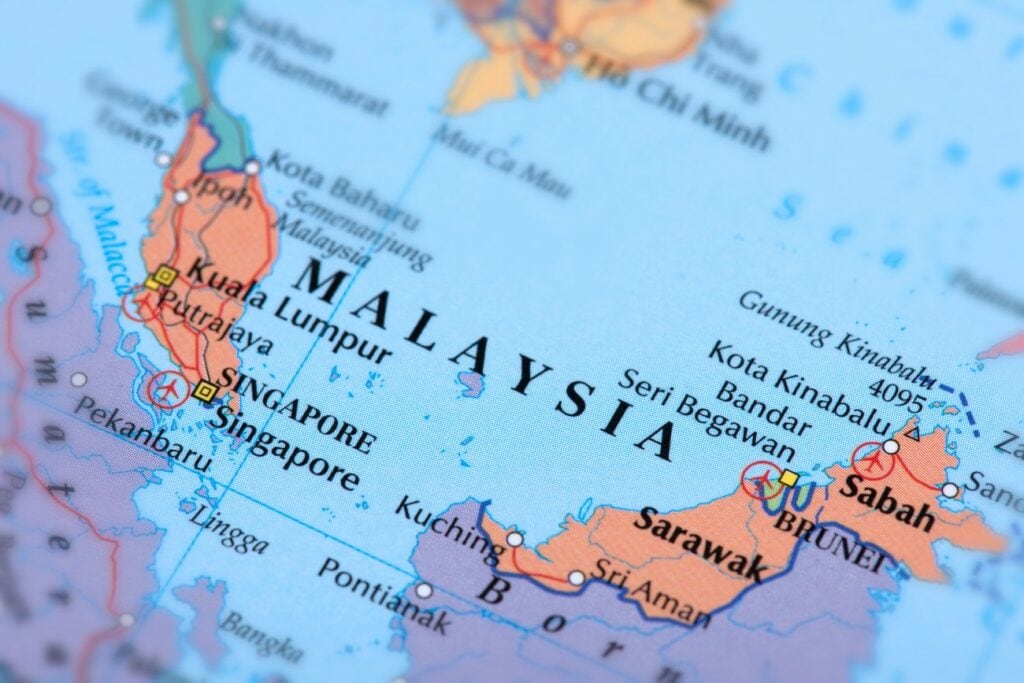
Singapore, a sovereign island nation in Southeast Asia, comprises a primary island and a collection of smaller islets. Positioned at the southernmost point of the Malay Peninsula, it shares its northern borders with Malaysia and its southern boundaries with Indonesia.
It is an important international trade and commerce center positioned strategically along major shipping lanes. Despite its small size, Singapore has become a global financial powerhouse and a popular tourist destination, acting as a gateway to Southeast Asia.
Known for its exceptional urban planning, well-connected public transportation, clean streets, and lush green spaces, Singapore stands out as a model for sustainable urban living with its innovative architecture and commitment to environmental sustainability.
What’s The Weather Like In Singapore?
Singapore experiences a consistently warm and humid tropical climate with minimal variations in temperature and daylight hours, as it is located near the Equator.
Given that Singapore’s climate typically hovers between 25 and 32 degrees Celsius (77 to 90 degrees Fahrenheit) with a humidity level fluctuating from 70% to 90%, it’s common to find indoor spaces such as shopping centers, hotels, and public transit vehicles furnished with air-conditioning to ensure optimal comfort.
Singapore experiences two primary monsoon periods: the Northeast Monsoon extending from December through March, and the Southwest Monsoon lasts from June until September. During these times, one can expect a greater frequency of rain showers and more substantial rainfall.
However, these short-lived showers rarely disrupt outdoor activities for long. Instead, Singapore’s consistent weather conditions make it an attractive destination for travelers all year round.
Is Singapore Safe For Travelers?

Singapore is considered one of the world’s safest travel destinations due to its strict laws, effective law enforcement, and well-planned urban infrastructure. Public transportation is reliable, clean, and well-monitored. The sense of security covers busy tourist spots and quieter neighborhoods.
However, visitors should exercise caution by staying alert in popular areas, safeguarding valuables, and avoiding poorly lit or unfamiliar locations. By respecting local laws and customs and following safety guidelines, travelers can enjoy a worry-free and memorable trip to Singapore, making it an ideal destination for many visitors. Consider reading this article for a more comprehensive insight into travel safety in Singapore.
Culture & Customs In Singapore
Singapore’s multicultural haven offers a harmonious blend of Chinese, Malay, Indian, and Eurasian influences that shape its unique and vibrant atmosphere.
Religion plays a significant role, with Buddhism, Christianity, Islam, Hinduism, and Taoism practiced widely. This diversity is showcased in the city’s impressive temples, mosques, and churches, displaying stunning architectural designs and reflecting the country’s spiritual history.
Festivals in Singapore, such as Chinese New Year, Hari Raya Aidilfitri, Deepavali, and Christmas, celebrate the multicultural nature of the country with lively performances, traditional cuisine, and elaborate decorations.
To truly appreciate Singapore’s distinct customs, it’s essential to be mindful of local etiquette during your visit, including greetings, dining practices, and dressing modestly, especially when visiting religious sites.
By embracing and respecting Singapore’s unique blend of traditions and customs, you’ll uncover the vibrant soul that makes this city-state a genuinely exceptional travel destination in the heart of Southeast Asia.
Singapore Population and Language Dynamics
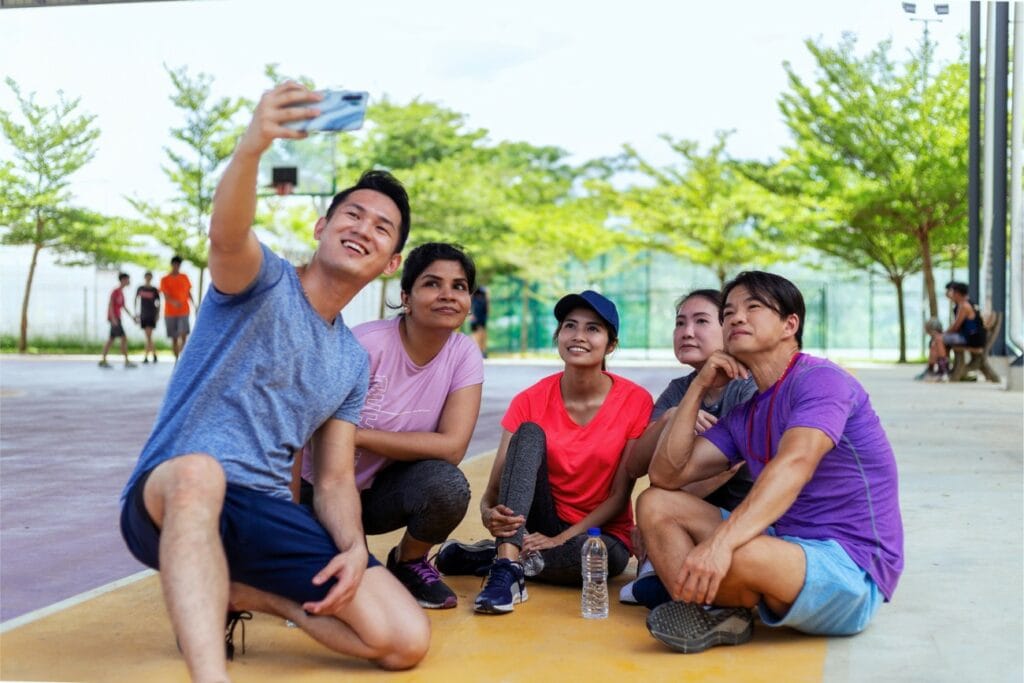
With a population of around 5.454 million, Singapore is where various cultures come together, resulting in a rich and varied linguistic landscape. The country has four major ethnic groups: the Chinese, Malays, Indians, and Eurasians, each with distinct languages and cultural heritage. This rich tapestry of people also extends to many expatriates and foreign workers, contributing to the vibrant multicultural society that defines Singapore.
As an international hub, Singapore draws in individuals from across the globe, creating a unique, harmonious confluence of cultures that adds depth to the city’s essence. This medley of traditions enhances the city’s charm, promoting mutual understanding and respect for diverse customs. Whether you’re meandering through its vibrant neighborhoods or conversing with the locals, Singapore’s multilingual and multicultural fabric presents every visitor with a profoundly fulfilling and enriching experience.
The city-state recognizes four official languages: English, Malay, Mandarin Chinese, and Tamil, reflecting the rich cultural tapestry of its inhabitants. English serves as the lingua franca, facilitating business, government, and education communication and making it easy for tourists to navigate the city.
Singaporean English, or Singlish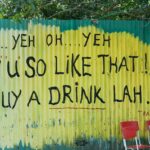 Singlish is a vibrant part of Singapore's cultural fabric, blending languages like Malay, Hokkien, Tamil, and others into a unique form of English. This evolution reflects Singapore's diverse populace and rich history. It's more than a language mash-up; Singlish comes with its vocabulary, structure, and tone, vital to Singapore's cultural identity. Walking through a hawker center, you'll catch Singlish in... More, is a local creole influenced by Malay, and Chinese dialects, often heard in casual conversations among locals. This unique blend adds a distinct flavor to the everyday language in Singapore. Malay, the national language, represents the ethnic Malay community. At the same time, Mandarin is the official Chinese language spoken by the majority ethnic Chinese population.
Singlish is a vibrant part of Singapore's cultural fabric, blending languages like Malay, Hokkien, Tamil, and others into a unique form of English. This evolution reflects Singapore's diverse populace and rich history. It's more than a language mash-up; Singlish comes with its vocabulary, structure, and tone, vital to Singapore's cultural identity. Walking through a hawker center, you'll catch Singlish in... More, is a local creole influenced by Malay, and Chinese dialects, often heard in casual conversations among locals. This unique blend adds a distinct flavor to the everyday language in Singapore. Malay, the national language, represents the ethnic Malay community. At the same time, Mandarin is the official Chinese language spoken by the majority ethnic Chinese population.
“Singdarin,” a hybrid of Mandarin, English, and Malay, is another unique linguistic blend you may encounter. It incorporates local slang, expressions, and other dialects, further enriching Singapore’s linguistic landscape. Tamil, the language of the ethnic Indian community, is the most commonly spoken Indian language in Singapore, with other Indian languages like Hindi, Bengali, and Punjabi also present.
The linguistic tapestry of Singapore reflects its rich cultural lineage and the peaceful intermingling of various ethnic communities, enriching the travel experience with its inclusivity. As travelers traverse this city-state, they can relish the richness of this multilingual society, which amplifies the sense of solidarity and mutual respect among the city’s inhabitants.
Best Months to Visit Singapore
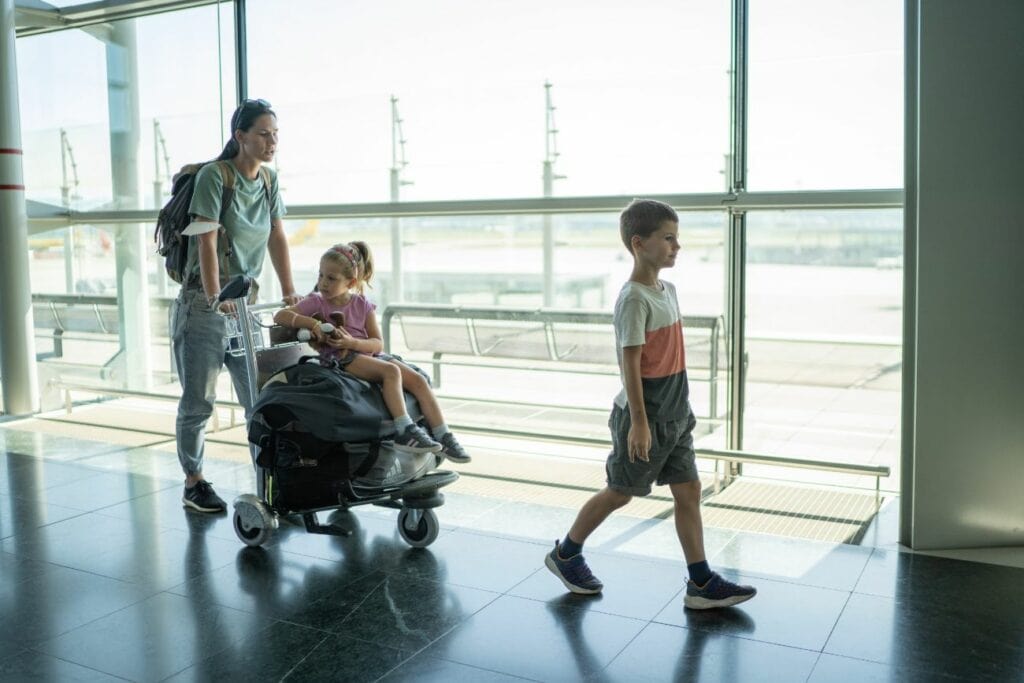
The best time to visit Singapore falls typically between February and April, within the dry season. This time of year sees less rainfall and more comfortable temperatures, making it ideal for outdoor activities and sightseeing. However, Singapore’s consistent tropical weather makes it a year-round destination with indoor and outdoor attractions.
That said, take note that during the school holidays in June and December, tourist spots might be more crowded as locals also take time to enjoy the attractions. However, these periods can also be lively and offer unique experiences.
If you’re a fan of shopping, you should visit during the Great Singapore Sale, usually held from June to August. During this time, retailers across the city offer discounts on a wide range of goods, which could be an excellent opportunity to grab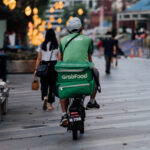
For motor racing enthusiasts, the Singapore Grand Prix, part of the Formula 1 race circuit, usually takes place in September. It’s a night race held on the city streets. Beyond the race, there are also concerts and other entertainment events. However, the city can be crowded during this period, and accommodation prices may rise.
Whether your interests lie in experiencing local culture, enjoying a shopping spree, or soaking in the excitement of a world-class sporting event, Singapore offers something for everyone year-round.
As you immerse yourself in the vibrant cityscape, you may wonder about the garden city’s various activities. Whether you’re an adventure seeker, a foodie, or someone who appreciates history and culture, you won’t run out of options. For an exhaustive list of recommendations, check out my other article on things to do in Singapore.
Suppose you’re planning a trip to Singapore and want to make sure you choose the perfect time. In that case, it’s essential to consider the country’s tropical climate. To help you plan your journey, I have prepared a comprehensive guide detailing the month-to-month breakdown. This resource thoroughly overviews Singapore’s weather patterns, festivities, and other variables that could affect your travel plans.
Top Attractions In Singapore
1. Marina Bay Sands: Experience Luxury at Singapore’s Iconic Landmark

Marina Bay Sands, an iconic Singapore landmark, offers a luxurious and world-class experience through its hotel, entertainment, shopping, and dining options. The resort’s SkyPark features a stunning infinity pool with panoramic cityscape views. The Shoppes at
2. Gardens By The Bay: A Futuristic Garden Wonderland
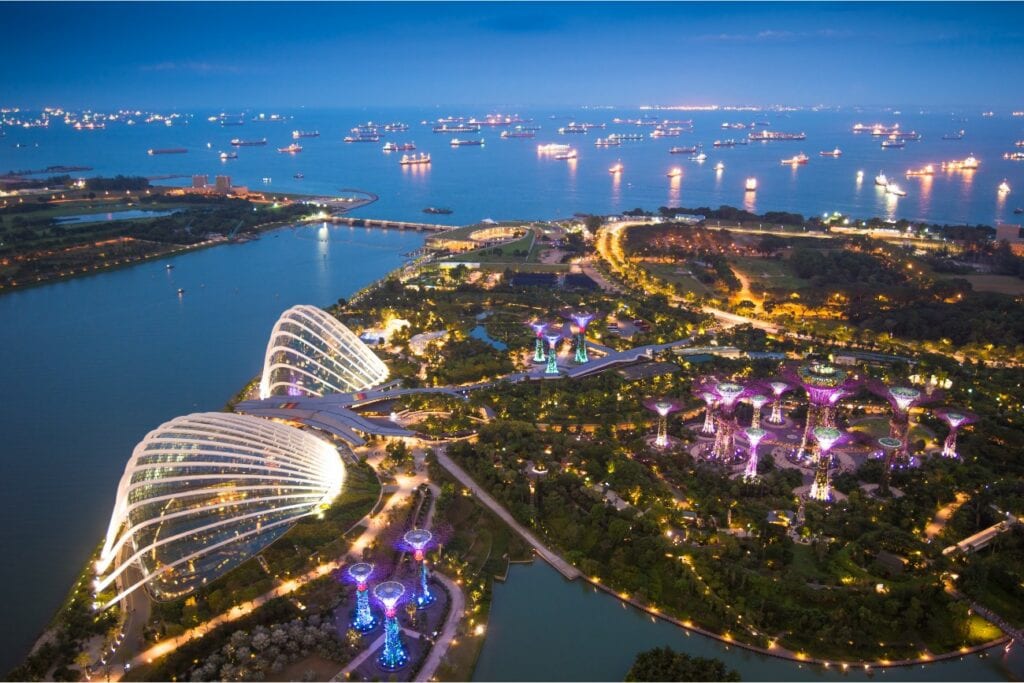
Spreading across 250 acres, Gardens by the Bay presents a breathtaking fusion of nature, artistry, and cutting-edge technology, transforming the Singaporean landscape into a garden of the future. Iconic features include the Supertree Grove, the Garden Rhapsody light and sound show, and the OCBC Skyway. The site also features two great conservatories, The Flower Dome and the Cloud Forest, and themed outdoor gardens like the Heritage Gardens and Dragonfly & Kingfisher Lakes. Representing Singapore’s commitment to sustainability and innovation, Gardens by the Bay offers visitors an unforgettable and immersive experience.
2. Singapore Botanic Gardens: The City’s Green Haven

The Singapore Botanic Gardens, a 183-acre UNESCO World Heritage Site, provides a tranquil retreat from the city with over 160 years of history. The gardens feature various themed sections, including the National Orchid Garden, home to the world’s largest tropical orchid display, and the Rainforest section, offering an immersive jungle experience. Families can enjoy the Jacob Ballas Children’s Garden with its interactive exhibits and play areas. With events like outdoor concerts, guided tours, and educational workshops, the Singapore Botanic Gardens is a must-visit destination for nature enthusiasts and visitors seeking a peaceful escape.
3. Merlion Park: Iconic Symbol Of Singapore
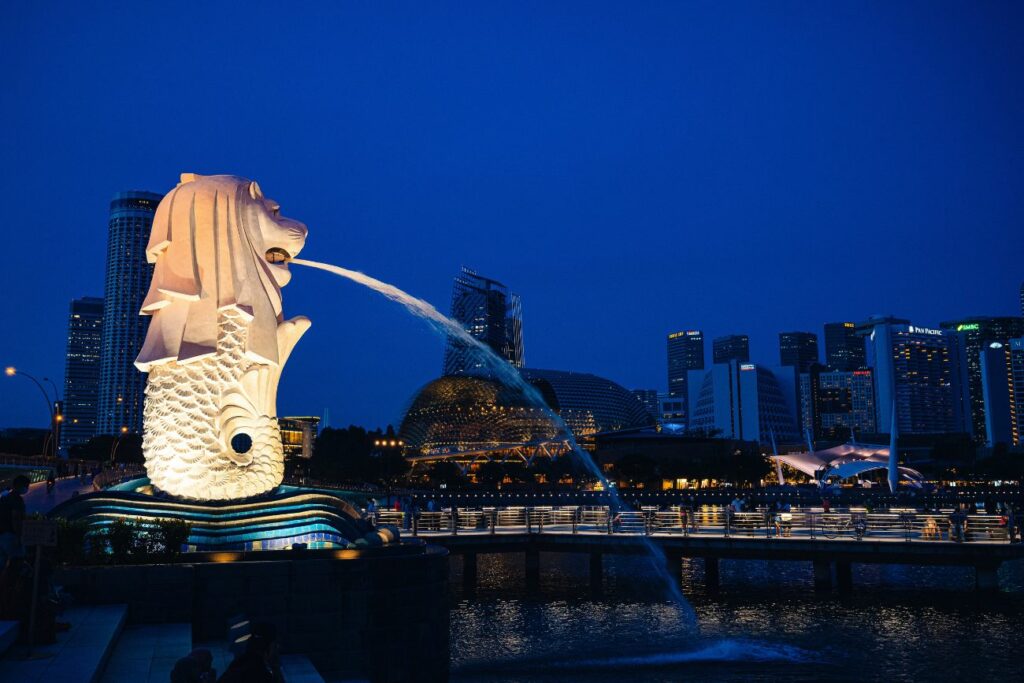
Symbolizing Singapore’s remarkable evolution from a humble fishing village to the roaring Lion City, Merlion
4. Universal Studios Singapore: A Cinematic Adventure Awaits
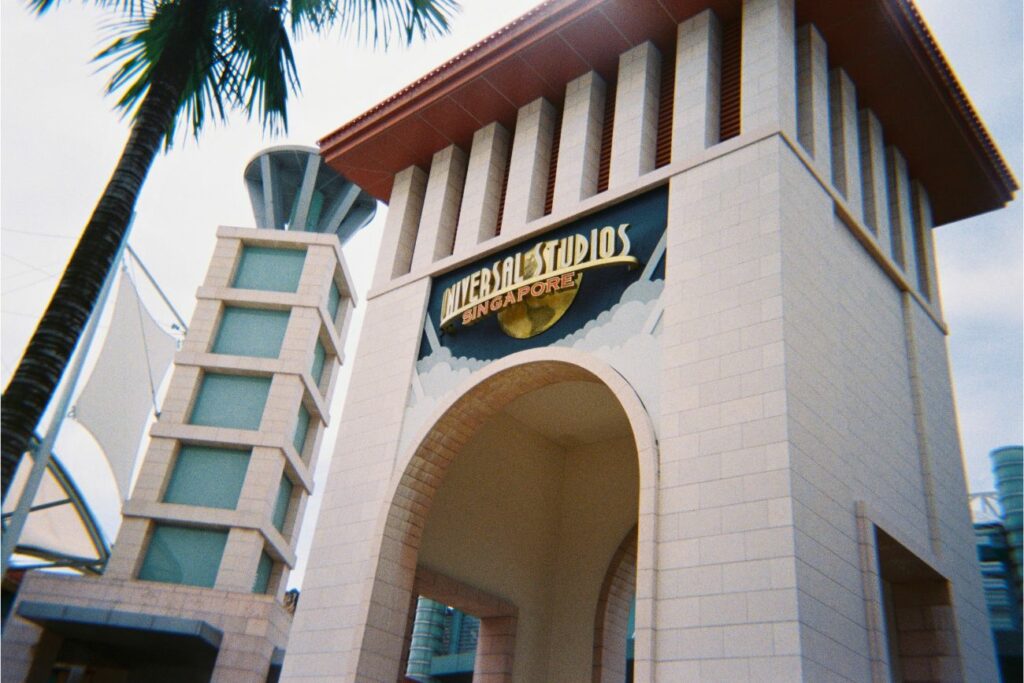
Universal Studios Singapore on Sentosa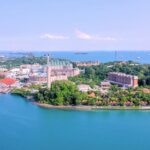
5. S.E.A. Aquarium: Explore Wonders of the Underwater World
Embark on a captivating journey into the aquatic realm at the S.E.A. Aquarium on Sentosa Island, formerly the world’s largest aquarium, housing an impressive collection of over 100,000 marine creatures from over 800 species. Navigate through 10 diverse zones and 49 unique habitats, ranging from vibrant coral reefs to the vast Open Ocean Habitat, and experience the thrill of walking through spellbinding underwater tunnels. Engage in insightful learning about the significance of marine ecosystems and the aquarium’s conservation initiatives. Get up close with marine life during daily feeding sessions, or go behind the scenes for an exclusive tour. Dine with an extraordinary view at the Ocean Restaurant. Leave with a newfound respect for the captivating world that thrives beneath the sea.
6. Singapore Flyer: Soar High Above the City’s Skyline
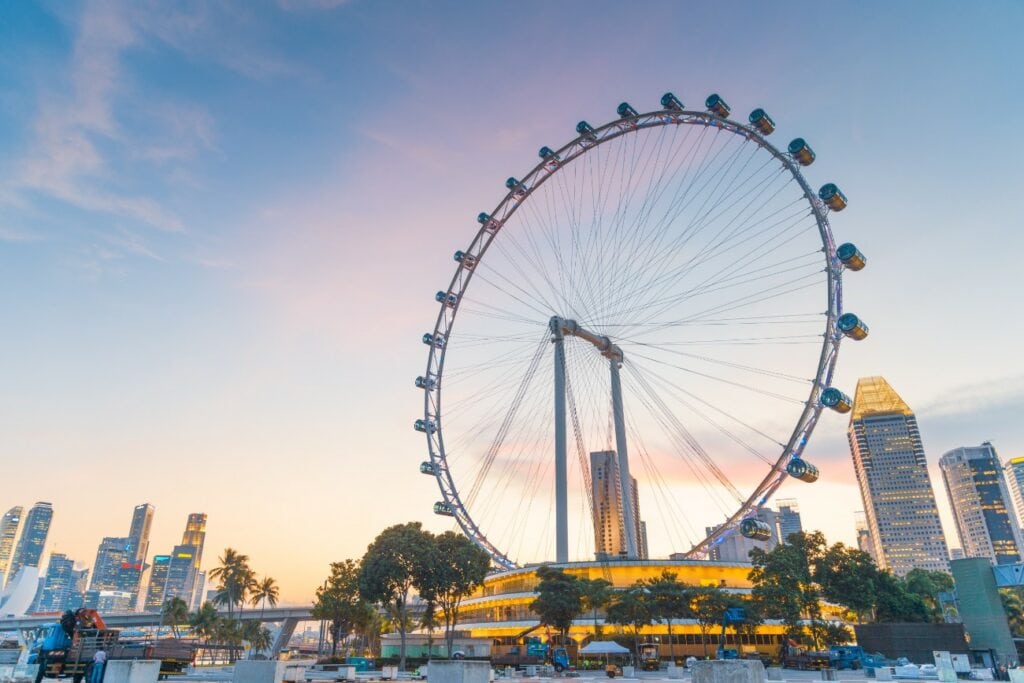
Soar above Singapore’s skyline on the Singapore Flyer, Asia’s tallest observation wheel, offering unmatched panoramic views of the city’s landmarks and green spaces. During the 30-minute ride, marvel at sights like Gardens by the Bay,
7. Mandai Wildlife Reserve: Adventure Awaits In Wilderness

Mandai Wildlife Reserve in Singapore offers visitors an immersive experience with diverse habitats and incredible animals across multiple wildlife parks, including Singapore Zoo, Night Safari, and River Wonders. With its core values rooted in environmental conservation and education, the reserve delivers enriching guided walks, unique access to backstage experiences, and a roster of extraordinary events to intensify visitors’ comprehension and respect for nature. With the addition of Bird Paradise and the upcoming Rainforest Wild Park, Mandai Wildlife Reserve promises unforgettable encounters with the animal kingdom, making it a must-visit attraction for all ages.
8. Jewel at Changi Airport: A Spectacular Oasis for Travelers

Jewel at Changi Airport is a remarkable mixed-use development that has become a must-see attraction in Singapore. Discover the awe-inspiring Jewel at Changi Airport, a ten-story architectural marvel that seamlessly blends nature, retail, and dining experiences. Prepare to be captivated by the world’s tallest indoor waterfall, the mesmerizing HSBC Rain Vortex, and the enchanting Shiseido Forest Valley. This unique attraction promises to enthrall tourists and keep them coming back for more. With over 300 retail and dining outlets, visitors can enjoy a diverse range of cuisines and shopping options. The Canopy Park on the top floor offers family-friendly attractions, making Jewel at Changi Airport an unforgettable experience for travelers and locals.
Getting To Singapore
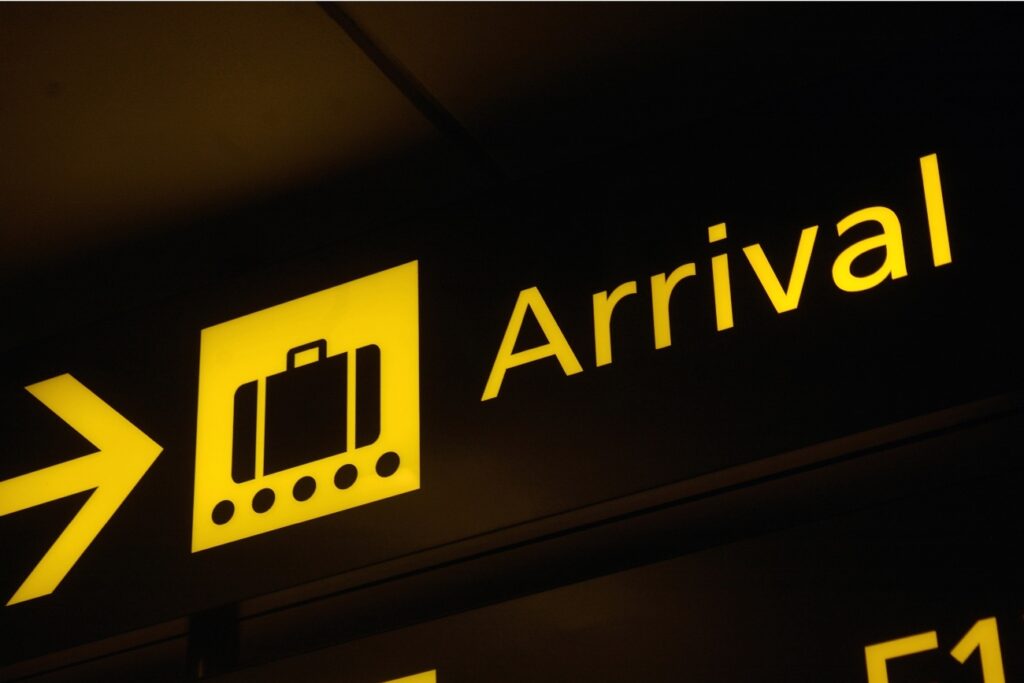
Getting to Singapore is a straightforward and hassle-free experience, thanks to its strategic location and status as a major global hub for air travel.
Changi Airport in Singapore is highly active and well-connected, with over 100 airlines serving approximately 400 cities worldwide. It has been repeatedly recognized as the world’s best airport for its exceptional services and world-class facilities. The airport is situated at the eastern end of Singapore. It is well-connected to the city center by MRT The Mass Rapid Transit (MRT) weaves through Singapore's underground and flies above its vibrant cityscape, embodying its vibrant pulse. The MRT binds communities far beyond a mere network of steel and glass, underpinning the city's very essence. For newcomers, it's not just transportation but a vital slice of daily life, reflecting Singapore's rhythm. Launched in 1987 to tackle rising populations... More, taxi, and bus, making it convenient for arriving travelers.
The Mass Rapid Transit (MRT) weaves through Singapore's underground and flies above its vibrant cityscape, embodying its vibrant pulse. The MRT binds communities far beyond a mere network of steel and glass, underpinning the city's very essence. For newcomers, it's not just transportation but a vital slice of daily life, reflecting Singapore's rhythm. Launched in 1987 to tackle rising populations... More, taxi, and bus, making it convenient for arriving travelers.
Apart from air travel, Singapore is also accessible by land and sea. If you’re coming from Malaysia, you can drive across the Johor-Singapore Causeway or the Tuas Second Link. Regular coach services from various cities in Malaysia and Thailand also lead directly to Singapore.
For those who prefer traveling by sea, several ferry services operate from nearby Indonesian islands and Malaysian ports to the HarbourFront and Tanah Merah Ferry Terminals in Singapore. Cruise ships also frequently dock at Singapore’s well-equipped cruise centers.
No matter where you’re coming from, reaching Singapore is always accessible and smooth. Once you arrive, you’ll find that the city-state’s excellent transportation network makes it incredibly easy to start exploring immediately.
Getting Around Singapore
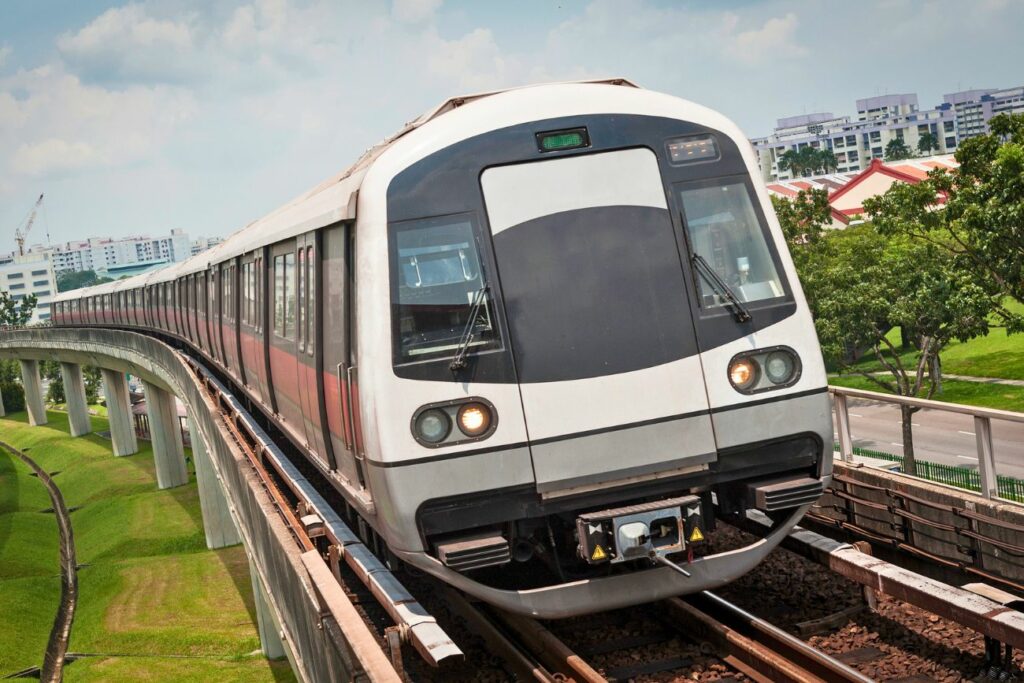
Navigating Singapore is a breeze, thanks to its efficient and extensive public transportation system. The city-state has been meticulously planned and designed to ensure seamless connectivity, allowing you to explore its many attractions easily.
The Mass Rapid Transit (MRT) system is undoubtedly the most convenient way to get around. With its extensive network spanning the entire island, the MRT connects major tourist spots and links residential areas, shopping districts, and business centers. The trains are clean, punctual, and equipped with English announcements, making it simple even for first-time visitors.
Consider getting an EZ-Link card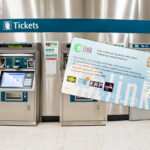
Buses in Singapore provide another reliable means of transportation. They cover numerous routes, often reaching places the MRT doesn’t. With air-conditioned interiors and digital displays showing the next stop, they offer a comfortable ride and a closer look at the city’s everyday life.
Taxis and ride-hailing services like Grab or Gojek are readily available, offering door-to-door convenience. Although private transportation is pricier than public transport, it can be a viable choice if traveling with a group, carrying bulky luggage, or going to a remote area.
For short distances, consider walking or cycling. Singapore’s pedestrian-friendly streets, with clear signage and ample shade, make for pleasant strolls. There are also numerous bike-sharing platforms available for eco-friendly rides.
This guide will help you plan your itinerary and save time while exploring this captivating city. For more details, visit the article Getting Around Singapore to learn about the various transportation options and tips for seamless travel.
Lastly, remember the fun modes of transport for getting around certain areas. For example, the cable car to Sentosa Island offers stunning aerial views, and river taxis on the Singapore River provide a unique perspective of the city’s skyline.
Travel Tips & Advice
Health Advice

Singapore’s tropical climate is characterized by heat and humidity, making it crucial to stay hydrated by carrying a reusable water bottle and protecting yourself from the sun with high-SPF sunscreen, a hat, and sunglasses.
Opt for breathable and quick-drying clothing made from materials like cotton and linen. The city is famous for its diverse cuisine and hawker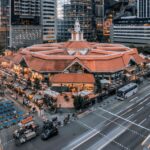 Singapore's essence shines in its hawker centers, nestled amid skyscrapers and bustling streets. These cultural hotspots offer more than food; they blend flavors, traditions, and the vibrant symphony of a diverse society. Here, every clang of cookware adds to an atmosphere that brings Singapore's communal spirit to life. The term "hawker" has evolved from street vendors of the 19th century... More centers, but ensure you check the food hygiene rating of each establishment before dining.
Singapore's essence shines in its hawker centers, nestled amid skyscrapers and bustling streets. These cultural hotspots offer more than food; they blend flavors, traditions, and the vibrant symphony of a diverse society. Here, every clang of cookware adds to an atmosphere that brings Singapore's communal spirit to life. The term "hawker" has evolved from street vendors of the 19th century... More centers, but ensure you check the food hygiene rating of each establishment before dining.
Take precautions against mosquito-borne illnesses by applying insect repellent and wearing long-sleeved clothing, especially during dusk and dawn.
Confirm your routine vaccinations are up-to-date before traveling to Singapore, and consult your doctor for any additional recommendations. Singapore offers top-notch healthcare facilities, but having travel insurance to cover potential medical expenses is vital.
Stay informed on the latest travel guidelines from the Singapore government and the World Health Organization (WHO), including advice on social distancing, mask-wearing, and hygiene practices.
Keep a list of nearby hospitals, clinics, and emergency contact numbers, such as the police hotline (999) and the fire engine/ambulance hotline (995) for life-threatening emergencies.
Payment Options in Singapore
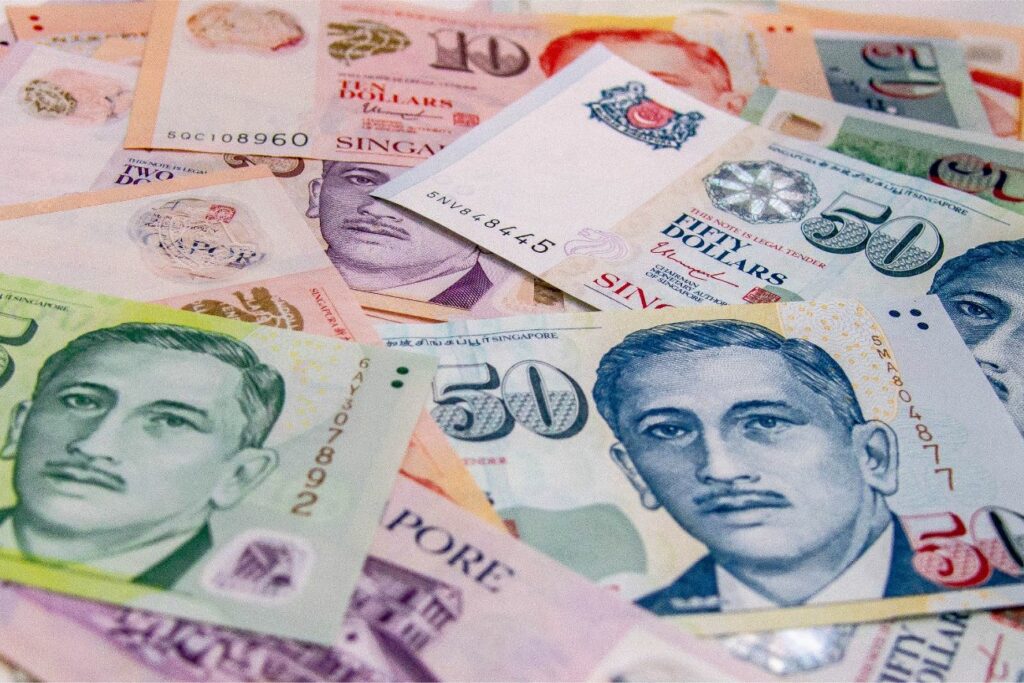
When exploring Lion City, it’s essential to understand the variety of payment options available in Singapore to ensure a smooth travel experience. From cash transactions to electronic payments, the city’s well-developed financial landscape provides convenient and secure methods for travelers. So let’s dive into the various payment options you can utilize while visiting Singapore.
Currency: The official currency of Singapore is the Singapore Dollar (S.G.D.), abbreviated as S$. Banknotes come in 2 dollars, 5 dollars, 10 dollars, 50 dollars, 100 dollars, 1,000 dollars, and 10,000 dollars, while coins come in 5 cents, 10 cents, 20 cents, and 50 cents, as well as 1 dollar.
Cash: While Singapore rapidly moves towards a cashless society, money is still widely accepted. You’ll find it handy to carry cash for small purchases, especially at hawker centers, wet markets, and smaller retail stores. Although rates may vary, you can easily exchange your currency at banks, money changers, and hotels.
Credit and Debit Cards: Major debit and credit cards are accepted in Singapore. (Visa, Mastercard, and American Express) You’ll find card payments easily from shopping malls and hotels to restaurants and attractions. However, carrying cash for places that may not accept cards is a good idea. Remember that some merchants may impose a minimum spending requirement or charge a small fee for card transactions.
Mobile Payments and E-Wallets: Singapore has embraced digital payments, with popular mobile payment options like Apple Pay, Google Pay, and Samsung Pay, and local e-wallets such as PayLah!, PayNow, and GrabPay available at many establishments. Contactless payment methods provide a fast and safe way to pay for goods and services. Check if your e-wallet or mobile payment app is compatible with local systems before relying on it as your primary payment method.
A.T.M.s: A.T.M.s are readily available throughout Singapore, offering 24-hour access to cash withdrawals and other banking services. Most A.T.M.s accept international cards but be mindful of withdrawal fees imposed by your bank, as well as possible currency conversion charges.
Rules & Laws In Singapore

These are some crucial regulations that will help you avoid any potential misunderstandings or penalties during your stay in Singapore.
Littering: Singapore takes cleanliness seriously, and littering is a punishable offense. Fines for littering can be pretty hefty, so always dispose of your waste in designated bins throughout the city.
Flushing public toilets: It is necessary to flush them after use to maintain hygiene standards. You may be fined if you don’t comply, so always be mindful of this regulation.
Chewing gum: The sale and importation of chewing gum are banned in Singapore, except for medicinal purposes. Chewing gum in public spaces is frowned upon, and improper disposal can lead to fines.
Smoking restrictions: Smoking is prohibited in most public areas, including shopping malls, public transport, and parks. Always look for designated smoking zones and adhere to the rules to avoid penalties.
Alcohol consumption: Public consumption of alcohol is not allowed between 10:30 pm and 7:00 am, except in licensed establishments such as bars and restaurants. Be aware of these timings and consume alcohol responsibly.
Drug offenses: Singapore has a zero-tolerance policy towards drug offenses. The penalties are severe, ranging from lengthy imprisonment to capital punishment for serious cases. Respecting these laws and avoiding drug involvement during your visit is crucial.
By familiarizing yourself with these essential rules and laws, you will ensure a smooth and enjoyable trip, allowing you to fully experience Singapore’s unique blend of cultures, sights, and experiences.
To ensure a hassle-free trip to Singapore and gain a deeper understanding of its unique regulatory environment, take advantage of our informative article that outlines some important rules and sheds light on the reasons behind the city-state’s strict approach.
Packing Tips
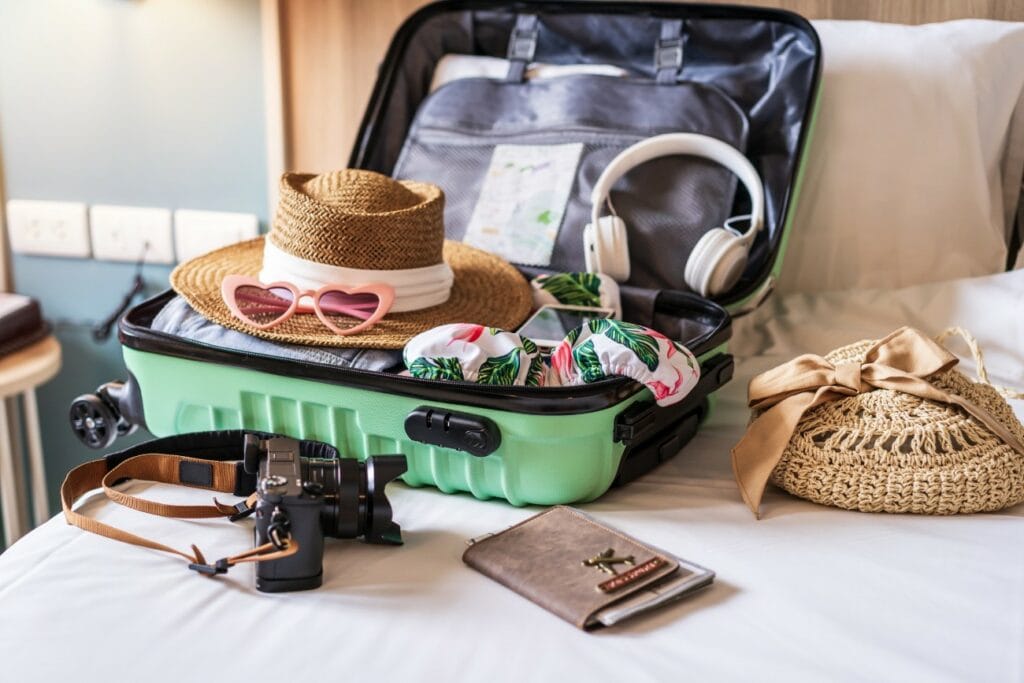
When packing for your trip to Singapore, it’s essential to consider the tropical climate and activities you plan to enjoy while visiting. Here are some additional packing tips to help you prepare for your Singapore adventure:
Rain gear: Singapore experiences occasional showers throughout the year, especially during the monsoon seasons. Bring a compact umbrella or lightweight rain jacket to stay dry during unexpected rainstorms.
Comfortable walking shoes: Singapore is a walkable city with many attractions close together. Pack comfortable shoes with good support for exploring the city on foot. Consider sandals or breathable sneakers for added comfort in the tropical climate.
Swimwear and beach essentials: If you plan to visit Sentosa Island or enjoy hotel pools, pack swimwear, a beach towel, and a waterproof bag for your belongings.
Toiletries and personal care items: Although you can find most toiletries in Singapore, it’s a good idea to bring travel-sized essentials such as shampoo, conditioner, toothpaste, and any specific personal care items you may need.
Travel documents: Remember essential travel documents such as your passport, visa (if required), travel insurance information, and any necessary vaccination records.
With these packing tips in mind, you’ll be well-prepared for a memorable and comfortable trip to Singapore.
Personal Note: I occasionally include affiliate links in my content. These come at no extra cost to you, but they offer me a small commission and help me keep sharing my passion for high-end adventures. Your support is what keeps this journey vibrant and alive. For more details, tap into our policy.

